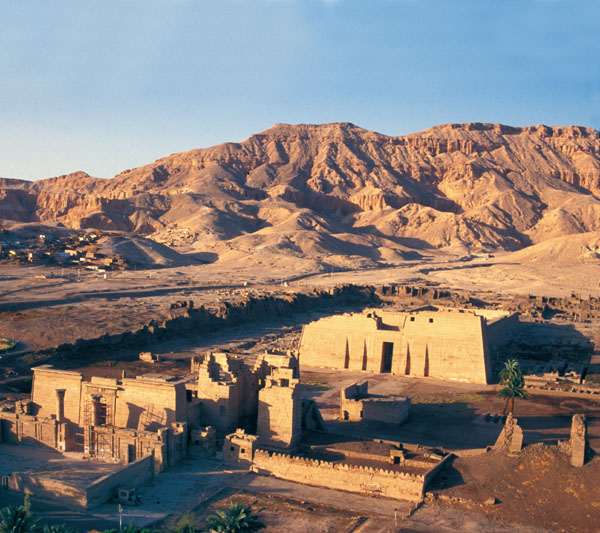Image Details

Richard Nowitz
The still-impressive remains of the large mortuary temple of Pharaoh Ramesses III (c. 1184–1153 B.C.E.) dominate the Egyptian site of Medinet Habu, opposite Luxor on the west bank of the Nile, near the cliffs known as the Valley of the Queens. The site was excavated in the 1920s and 1930s by archaeologists from the University of Chicago’s Oriental Institute. Author Manfred Bietak was studying the Chicago excavation reports when he noticed a plan of a hut; this hut had stood in the precinct of a smaller temple (now completely ruined) that abutted Ramesses III’s. (This smaller temple, the Temple of Ay and Horemheb, stood to the right of the structures pictured here.) The plan of the hut struck Bietak immediately—though not because of any parallel with Egyptian architecture. Rather, the hut had the plan of an Israelite four-room house, the house-type that was prevalent in Canaan during the Iron Age. Why, and how, did the four-room house reach Egypt, and what does Bietak’s identification mean for the dating of the Biblical Exodus?
